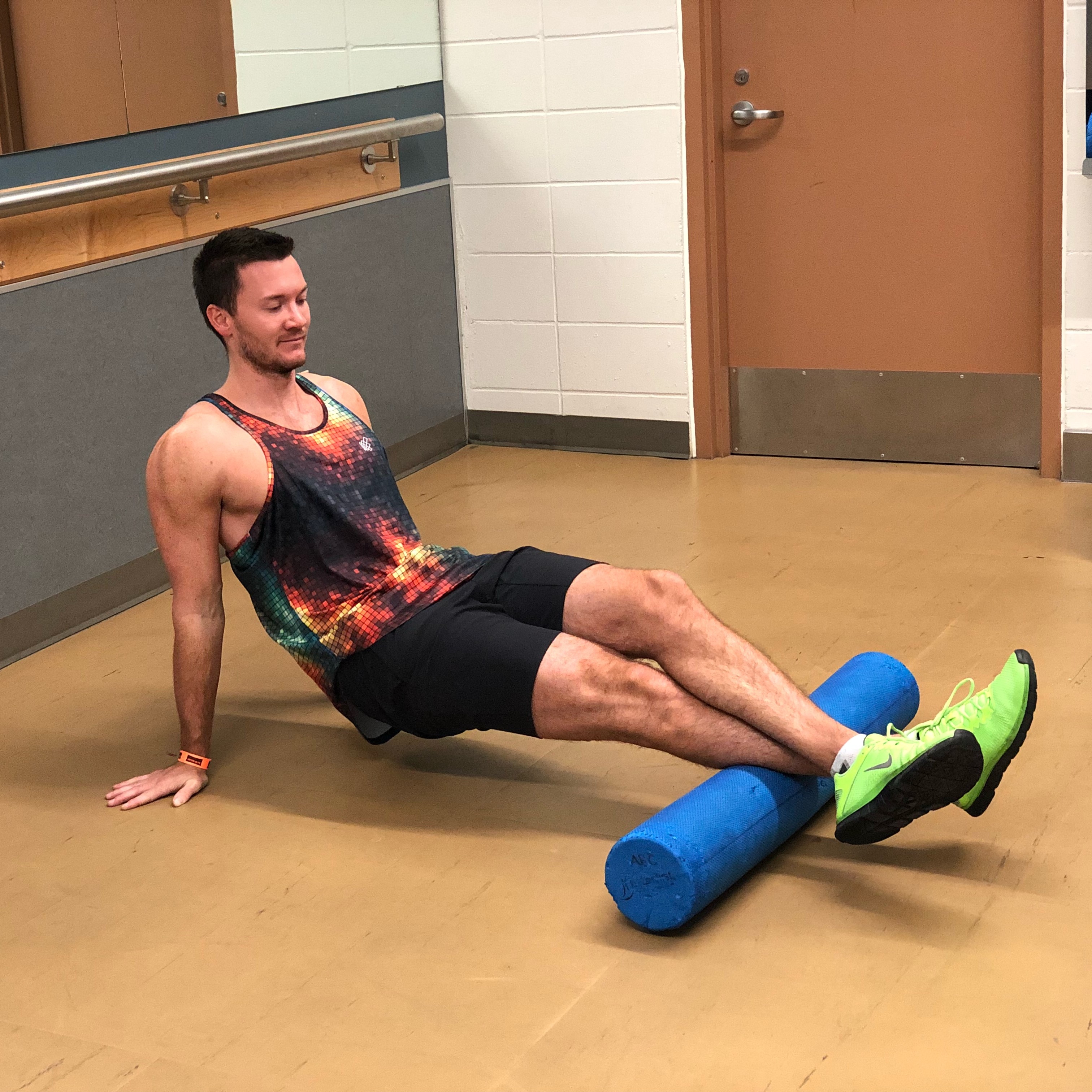You made it to the gym, laced up your shoes in the changeroom, and now you’re ready to head out and start your workout. Stepping into the gym, you’re bombarded with a plethora of workout equipment – barbells, dumbbells, cables, machines, cardio equipment, aahhh! Where do you begin?!

Everyone’s main goal in the gym is to get a safe and effective workout in while remaining injury free. To do that, it is important to start with a little warm up. It doesn’t have to be anything crazy, even just a 5 min walk on a treadmill can do the trick. The warm up serves as, well, warming up your muscles for the eork they are about to endure. It’s main function is to get your heartbeat up and your blood pumping throughout your body. Depending on the workout you’re about to do, you could also incorporate some dynamic stretches into your warm up. Dynamic stretches are stretches that you while moving, as opposed to those ones that you sit and hold for 30 sec (those are static stretches, which we will get back to at the end of this post).
Now that the warm up is done, it’s time to get to it! There are three things to keep in mind while creating your workout routine.
First, you want to do compound movements first, and then isolation exercises. Compound movements are those that incorporate multiple joint movements. Examples would be a bench press, back row, shoulder press, squat, deadlift, etc. These exercises work multiple muscles at once and involve a little more stability and core activation to properly execute, so it is a good idea to do these exercises while your body is fresh and ready. Once you have done some big compound movements, you can switch to more isolation exercises (those that include only one joint movement). These would be a bicep curl, tricep extension, hip abduction, leg extension, hamstring curl, lateral arm raise, etc. These exercises may involve some stability depending on what equipment you’re using, but they are easier to maintain composure than compound exercises, so they can be done after your body is slightly fatigued from the compound exercises.
 Secondly, you want to work your big muscle groups first, and then work your way down to your smaller muscle groups. The big muscle groups include the pecs (chest), lats (back), glutes (butt), quads (front of thighs), and hamstrings (back of thighs). Coincidentally (or maybe not so much) these are the main muscles that are activated in the big compound movements listed above! These muscles are involved in overall body balance and stability a lot more than the smaller muscle groups, so it’s best to work these muscles out as you’re feeling pretty fresh so that you are able to remain stable and refrain from getting injured. Once you’ve done the big muscle groups, then you can move to the smaller muscle groups, like the delts (shoulders), biceps (front of arms), triceps (back of arms), TFL and gluteus medius (hips and side of butt), and gastroc nemius (calves).
Secondly, you want to work your big muscle groups first, and then work your way down to your smaller muscle groups. The big muscle groups include the pecs (chest), lats (back), glutes (butt), quads (front of thighs), and hamstrings (back of thighs). Coincidentally (or maybe not so much) these are the main muscles that are activated in the big compound movements listed above! These muscles are involved in overall body balance and stability a lot more than the smaller muscle groups, so it’s best to work these muscles out as you’re feeling pretty fresh so that you are able to remain stable and refrain from getting injured. Once you’ve done the big muscle groups, then you can move to the smaller muscle groups, like the delts (shoulders), biceps (front of arms), triceps (back of arms), TFL and gluteus medius (hips and side of butt), and gastroc nemius (calves).
And lastly, it is best to do workouts involving dumbbells and barbells first off, and then finish with machine exercises. As mentioned in a previous blog post (Different Training for Different Results), dumbbells and barbells involve a lot more stability to be able to use, whereas machines are designed to guide you in the proper way to work a specific muscle. Just as it’s better to work big muscle groups with compound movements first, it’s best to use barbells and dumbbells for these movements because they involve more core activation and balance. And guess what – those exercises I listed right of the bat (bench press, back row, shoulder press, squat, deadlift) are all normally done with dumbbells and barbells! Funny how it works out like that.
 Also, one of the most important parts of a workout, and one that most people neglect, is to cool down and stretch afterwards. Just a light little walk can helpl bring the heart rate back down, and then a little 5 min static stretching session will help keep the muscles loose, thereby reducing any muscle soreness in the following days. Static stretching also helps muscles keep their elasti recoil, which is what helps keep us injury free.
Also, one of the most important parts of a workout, and one that most people neglect, is to cool down and stretch afterwards. Just a light little walk can helpl bring the heart rate back down, and then a little 5 min static stretching session will help keep the muscles loose, thereby reducing any muscle soreness in the following days. Static stretching also helps muscles keep their elasti recoil, which is what helps keep us injury free.
Exercise smart to get the most out of your workouts. Your body will thank you!


